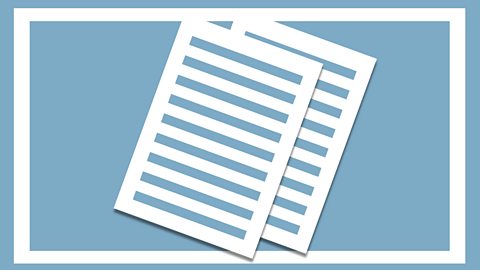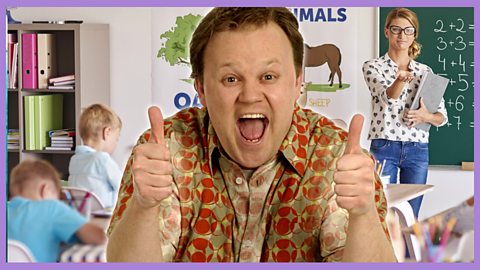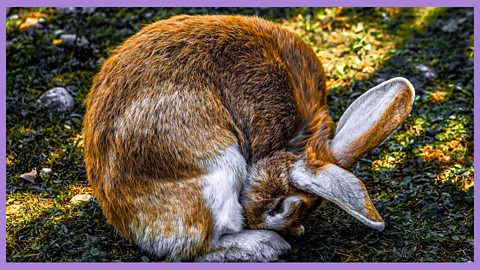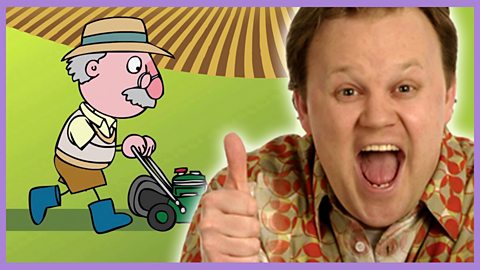In the final session the children move as dragonflies before putting all the moves together to create a minibeasts dance.
3. A dragonfly hovers in the garden
In the final session of the unit the children begin by moving as dragonflies, before combining elements from all the sessions to make a narrative âminibeastsâ dance.
Resources
Download the audio for this dance session as an mp3 file.

Guidance on using the dance sessions in this unit with your group (pdf)

Lesson summary
Dragonfly feet: children run quickly on the spot with quick, light steps while raising their arms slowly to the sides.
Dragonfly eyes: children turn in slow motion on the spot with wide eyes to face the backâŠthen turn in the opposite direction to face the front again.
Dragonflies complete: the arm and leg movements are combined with the slow motion turning.
Revision of previous minibeast dance elementsâŠ
Bees do the Waggle Dance in 4s: two pairs join up and each member of the group moves in turn, creating their own pathway around the other members of the group.
Digging: children make their hands into shovels and dig, throwing the earth over their shoulders.
Hopping robins: they create four circles and hop as robins in the circle, turning one way then the over.
Pull that worm! Staying in circles, facing in, using arms and hands to pull the stubborn worm.
Dragonflies complete: the final element of the dance brings us back to the beginning of this programme and the dragonfly movements.

More units from KS1 Dance: Let's Move
People who help us. collection
Justin Fletcher has two sessions celebrating some of the people who help us everyday.

Opposites (Spring) collection
Justin Fletcher has two sessions exploring 'opposites' through the context of the arrival of Spring.

Nursery rhymes. collection
Justin Fletcher with two sessions using movement to explore popular nursery rhymes.
